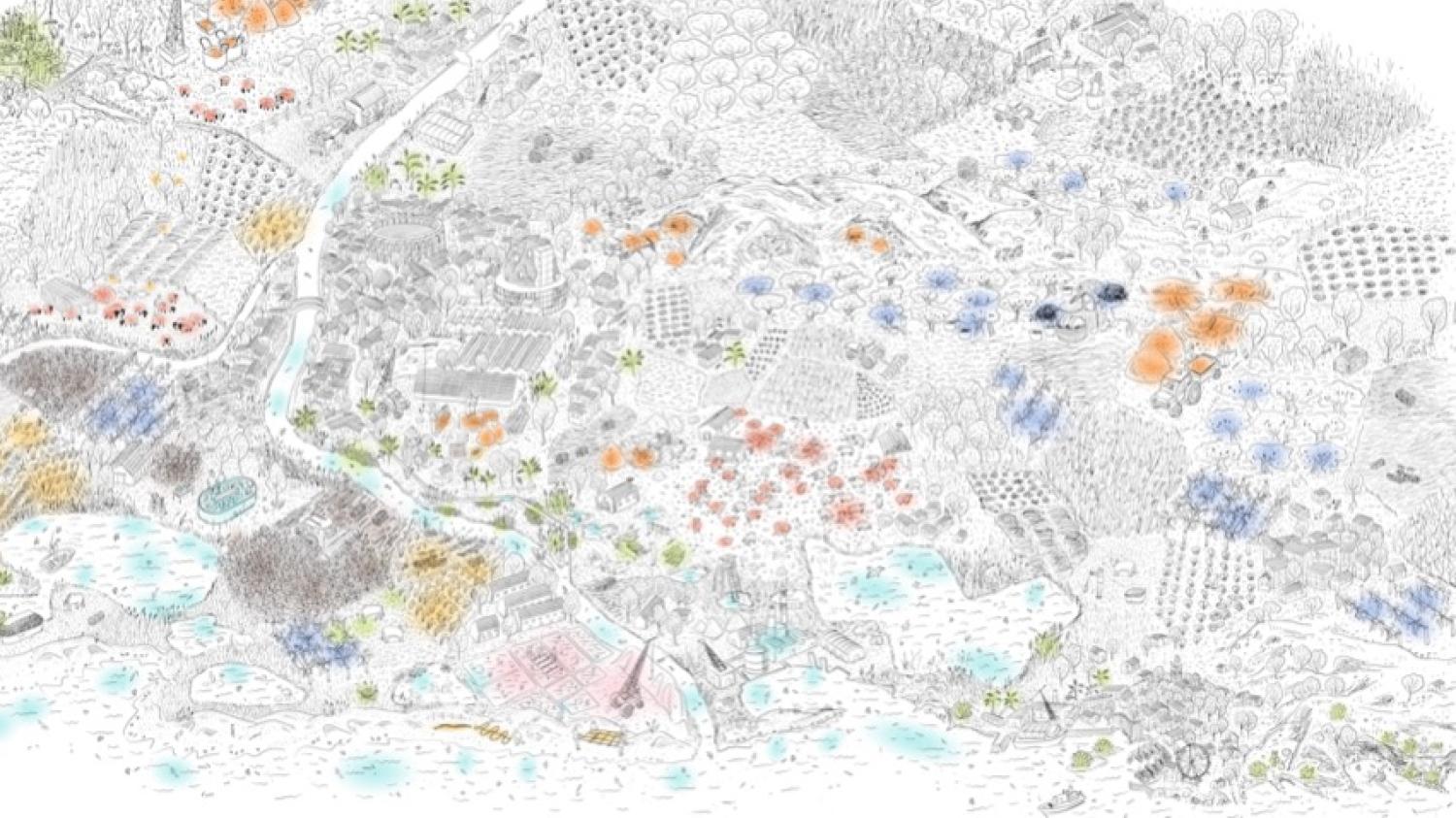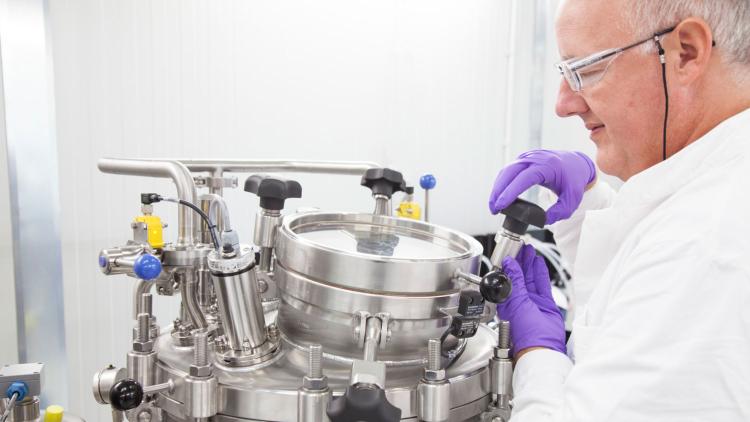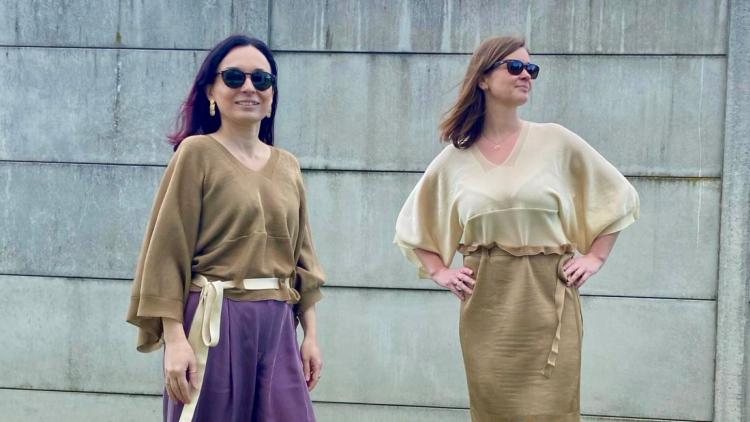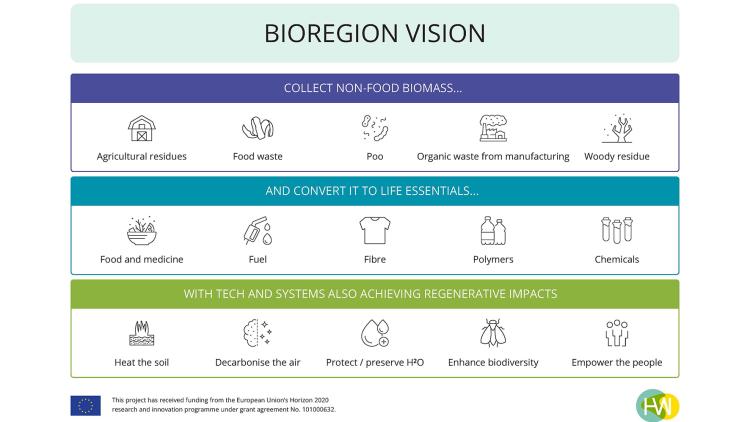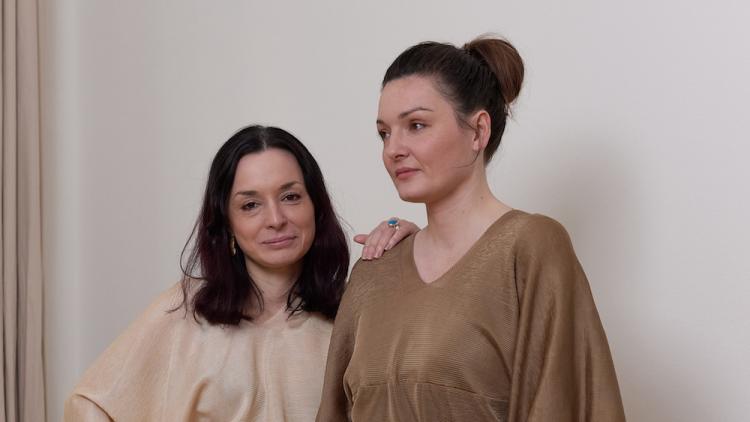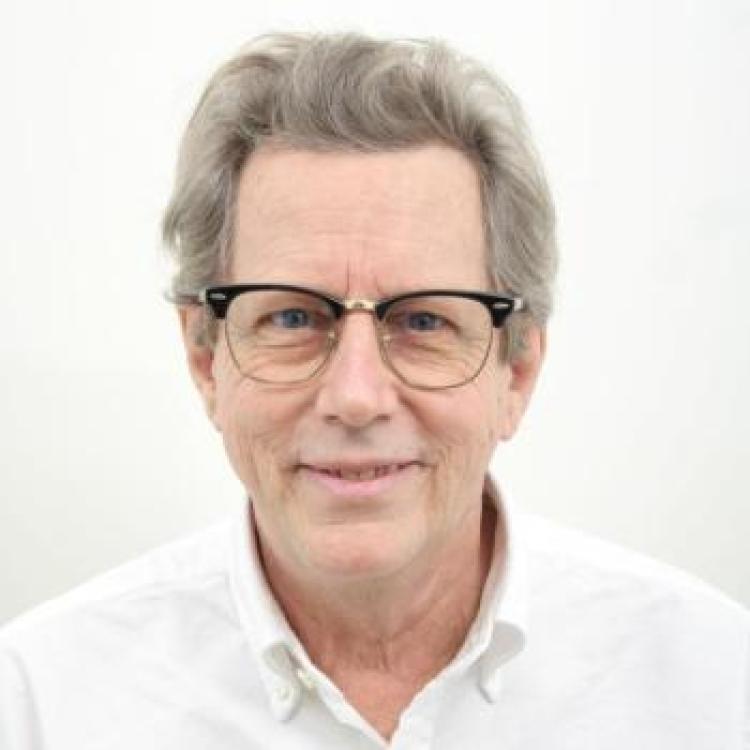How do we feed the biorefineries?
The HEREWEAR project is developing exciting biorefinery technologies to transform agricultural waste such as wheat straw, rice straw, hemp and sunflower stalks into a cellulose pulp that can be spun into fibres for textiles. As these textile biorefineries require an input of minimum 200 000 tons per year of biomass (hopefully moving towards smaller, more regional scale), the question then becomes: where do we get it from?
Current farming practice
If we take the example of wheat straw, a certain percentage returns to the farming practice as bedding for animals and other purposes. A good portion however is burnt or left to rot, and would be better put to use as feedstock for a textile biorefinery. For this to happen, however, we need to answer some key questions:
- How much residual wheat straw is there in a given region, and in what radius from a possible site for a biorefinery? Is it enough?
- What do farmers do currently with residual wheat straw, and what investments or change of practices would be necessary to shift to providing for a biorefinery?
- What time of year are different feedstocks gathered? Can they be stored (including after a first processing stage)?
- Can a biorefinery be designed to take in different types of biomass that are gathered at different times of the year, in order to have a constant flow of processing?
- What price could be paid to farmers, based on the value-adding of the textile biorefinery process?
- Are the possible by-products from the biorefinery process that can feed back into farming practice, such as fertilisers and soil amendments?
- What other, potentially competing, technologies and industrial value chains might also be interested in processing residual biomass, such as the pharmaceutical or construction industries?
Until the onset of circular economy policies, little attention has been paid to agricultural waste. There is extensive data on food and other products (e.g. production of cereal grains) but not on the waste biomass generated as a result of that process. This makes planning for a biorefinery that is designed to process agricultural waste a difficult task.
A first census
To address this problem, the HEREWEAR project is carrying out a first survey of residual biomass within the Campania Region in Italy. The project has four main stages:
- Desk study to identify existing sources of biomass mapping.
- Georeferenced spatial analysis to identify productive agricultural areas.
- Identification of species that can be relevant as feedstock for textile biorefineries.
- Characterisation of the identified species to understand the qualities of the resulting textile fibre.
The ultimate goal is to develop a first model for a regional circular bioeconomy as a new path for local development focused on the valorisation of local resources within the bioregion model.
Next steps
This type of exploratory survey fills a gap in the necessary knowledge regarding agricultural waste. The method can be adapted to other agricultural regions in Europe, as a valuable tool underpinning the development of regional bioeconomies. This can involve primary producers across agricultural value chains, bringing new sources of revenue to remote and rural areas while promoting the transition to the circular economy in Europe.

